A swimming buoy, also known simply as a buoy, serves multiple functions in aquatic environments, from safety and navigation aid to marking boundaries and supporting water activities. These floating devices are crucial for maintaining safety, guiding navigation, and enhancing visibility in various water bodies, including oceans, lakes, rivers, and swimming pools. In this comprehensive description, we will delve into the characteristics, types, functions, materials, placement considerations, maintenance requirements, and practical applications of swimming buoys.
Characteristics of Swimming Buoys
- Design and Shape:
- Swimming buoys come in a variety of shapes and designs, including spherical, cylindrical, and inflatable forms.
- The choice of design often depends on the buoy’s intended function, visibility requirements, and the specific water conditions where it will be deployed.
- Material Composition:
- Buoys are typically made from durable and buoyant materials such as high-density polyethylene (HDPE), polyvinyl chloride (PVC), foam-filled plastics, or inflatable fabrics.
- These materials are chosen for their ability to withstand exposure to water, sunlight (UV rays), and harsh weather conditions without degradation.
- Buoyancy and Floatation:
- Buoyancy is a critical feature of swimming buoys, ensuring they remain afloat on the water’s surface.
- They are designed to support various loads, from lightweight navigation markers to larger buoys capable of mooring boats or supporting equipment.
- Visibility Enhancements:
- Swimming buoys are often brightly colored to enhance visibility from a distance, especially in low light conditions or adverse weather.
- Common colors include bright orange, yellow, red, or white, chosen for their high contrast against the water’s surface.
- Versatility:
- Buoy designs can be adapted to serve different functions, including navigation aids, safety markers, mooring points, and platforms for water sports and activities.
- They are used in diverse environments ranging from coastal waters and harbors to inland lakes and swimming pools.
Types of Swimming Buoys
- Navigation Buoys:
- Navigation buoys mark safe water channels, shipping lanes, and navigational hazards such as rocks or shallow areas.
- They are essential for guiding marine vessels and ensuring safe navigation, especially in complex waterways or unfamiliar waters.
- Safety Buoys:
- Safety buoys mark designated swimming areas, hazard zones, or restricted areas where swimming or boating is prohibited.
- They help prevent accidents by providing clear boundaries and warnings to water users about potential dangers.
- Mooring Buoys:
- Mooring buoys serve as anchorage points for boats, yachts, and watercraft in harbors, marinas, and open water.
- They are designed to securely hold vessels in place, preventing drifting and minimizing damage to hulls or mooring lines.
- Sporting Event Buoys:
- In water sports and competitive events, buoys mark race courses, turning points, or boundaries for participants.
- They ensure fair competition by providing clear routes and reference points for athletes during races or competitions.
Functions and Practical Applications (swimming buoy)
- Safety and Hazard Marking:
- Swimming buoys enhance safety by marking safe swimming areas, indicating underwater hazards, or delineating boundaries where water conditions may pose risks.
- They alert water users to potential dangers and help prevent accidents, particularly in crowded or unfamiliar aquatic environments.
- Navigation Aid:
- Buoys are critical navigation aids for mariners, guiding vessels along designated routes, avoiding obstacles, and safely entering harbors or ports.
- They provide visual cues and reference points that aid in maritime navigation, especially in areas with changing tides or challenging water conditions.
- Water Sports and Recreation:
- Buoy markers are used in water sports and recreational activities such as open-water swimming, triathlons, sailing regattas, and kayaking events.
- They define course boundaries, start/finish lines, and checkpoints, ensuring organized and competitive events for participants and spectators.
- Environmental Monitoring:
- Some buoys are equipped with sensors and instruments to monitor environmental parameters such as water quality, temperature, currents, and marine life.
- They support scientific research, conservation efforts, and management of aquatic ecosystems by collecting data over extended periods.
Materials and Construction (swimming buoy)
- Plastics:
- High-density polyethylene (HDPE) and polyvinyl chloride (PVC) are commonly used for buoy construction due to their buoyancy, durability, and resistance to corrosion.
- These materials withstand exposure to saltwater, UV radiation, and mechanical stresses in marine environments.
- Foam-Filled Buoys:
- Foam-filled buoys offer additional stability and buoyancy, making them suitable for use in rough seas or high-wind conditions.
- The foam core provides flotation even if the outer shell is damaged or punctured, ensuring continued buoyancy.
- Inflatable Buoys:
- Inflatable buoys are lightweight, portable, and easy to deploy for temporary marking or recreational purposes.
- They are inflated with air and can be deflated and stored compactly when not in use, making them convenient for transport and storage.
Placement Considerations (swimming buoy)
- Water Depth and Conditions:
- Buoy placement should consider water depth, tidal fluctuations, currents, and visibility requirements to ensure effectiveness and safety.
- Deep-water buoys may require additional anchoring or mooring systems to maintain stability and prevent drifting.
- Spacing and Visibility:
- Buoys should be spaced adequately to provide clear navigation cues and safety markers for boaters, swimmers, and other water users.
- Reflective tape, lights, or flags may be added to enhance visibility, especially during nighttime or low visibility conditions.
- Anchoring and Maintenance:
- Proper anchoring methods, such as chains, ropes, or mooring lines, are essential to secure buoys in place and withstand forces from wind, waves, and currents.
- Regular maintenance, including inspections for wear, damage, or marine growth, helps prolong buoy lifespan and ensures reliable performance.
Maintenance and Care (swimming buoy)
- Regular Inspections:
- Conduct routine inspections of buoys to check for signs of wear, damage, or corrosion. Replace worn-out or damaged buoys promptly to maintain safety and effectiveness.
- Inspect anchoring systems, buoyancy, and visibility enhancements regularly to ensure they function properly.
- Cleaning and Protection:
- Clean buoys regularly to remove algae, marine debris, and salt deposits that can impair visibility or buoyancy.
- Use mild detergent and water to clean the buoy’s surface, avoiding abrasive cleaners that could damage buoy materials.
- Winterization:
- In colder climates, remove buoys from the water during winter months to prevent ice damage and extend their lifespan.
- Store buoys in a dry, protected location and inspect them before reinstalling in the spring to ensure they are in good condition.
Design and Customization (swimming buoy)
- Custom Graphics and Branding:
- Some buoys can be customized with logos, graphics, or specific colors to reflect organizational branding, sponsorship, or regulatory requirements.
- Customization enhances visibility and promotes recognition during sporting events, races, or sponsored activities.





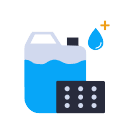






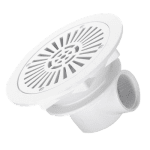





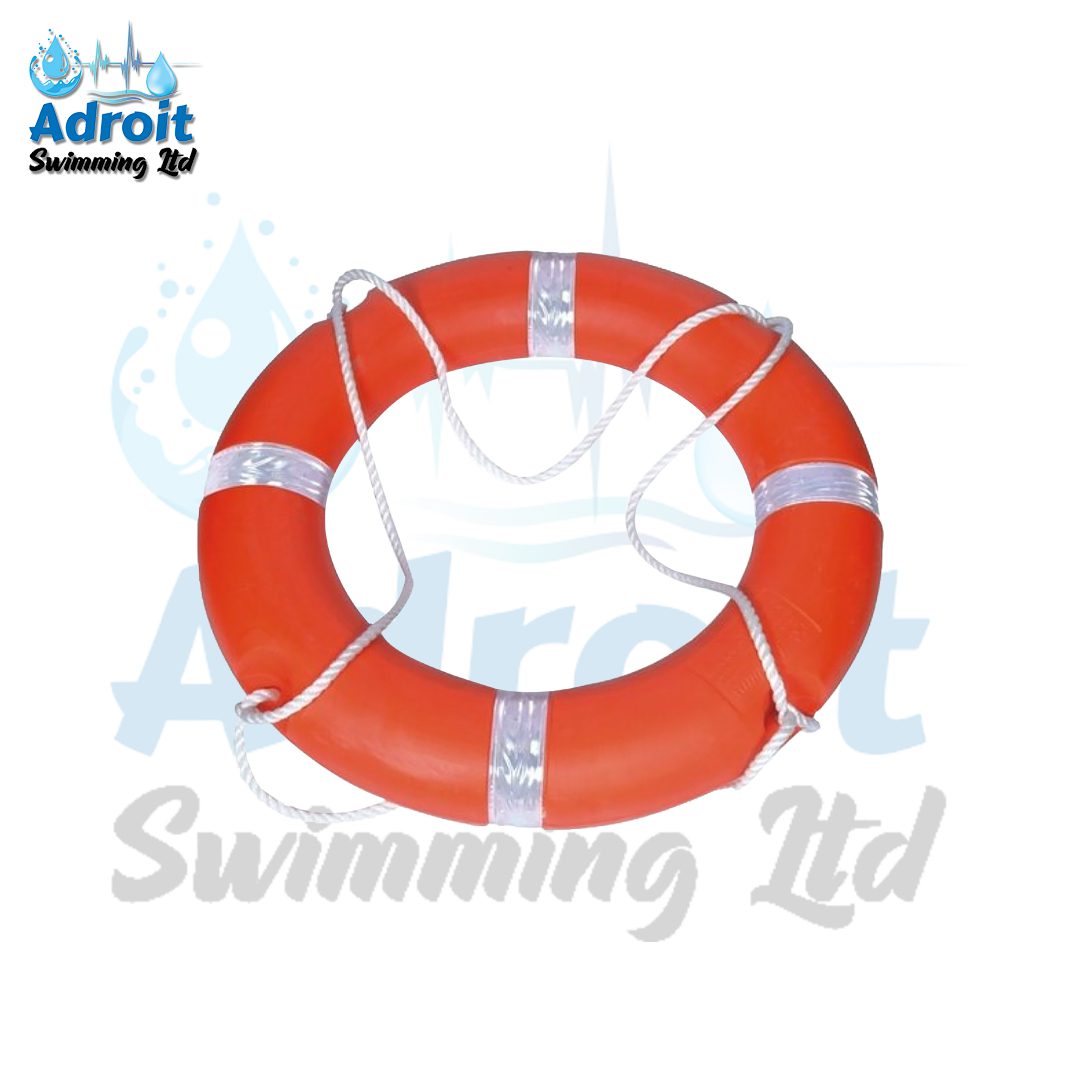

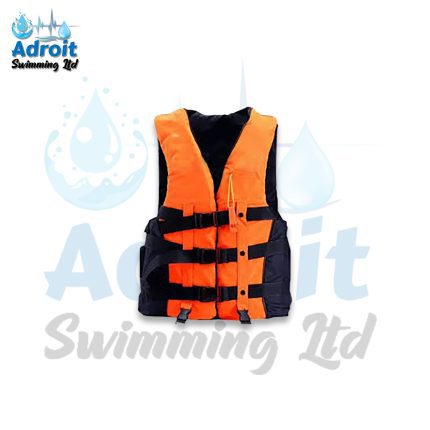

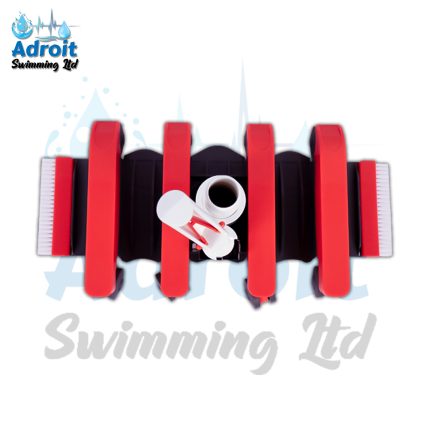
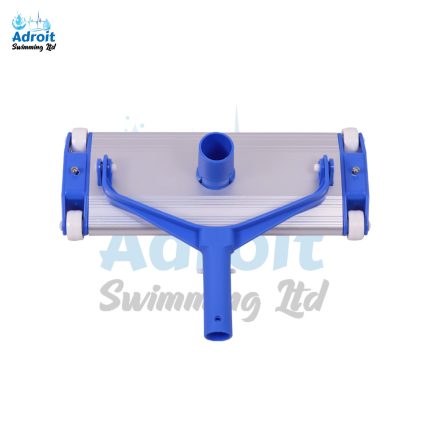
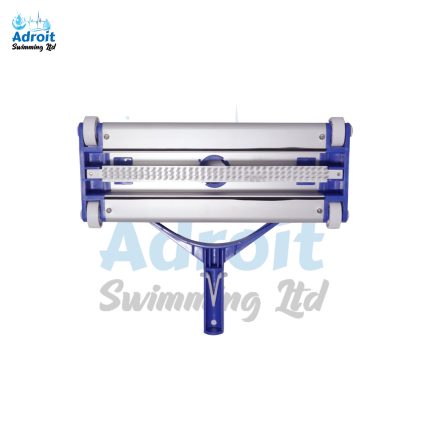
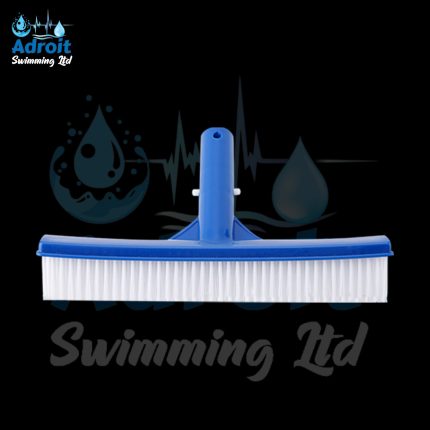
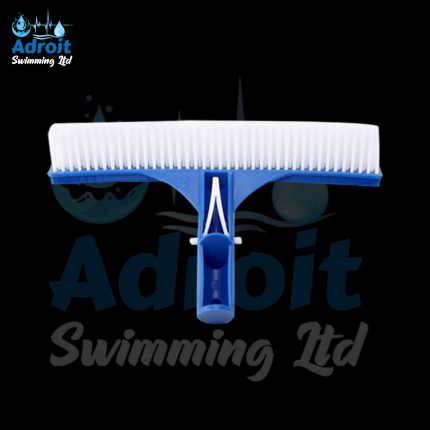
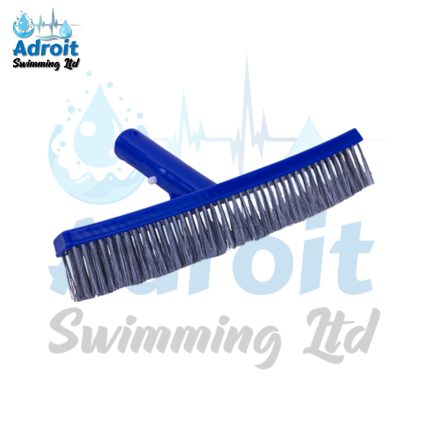


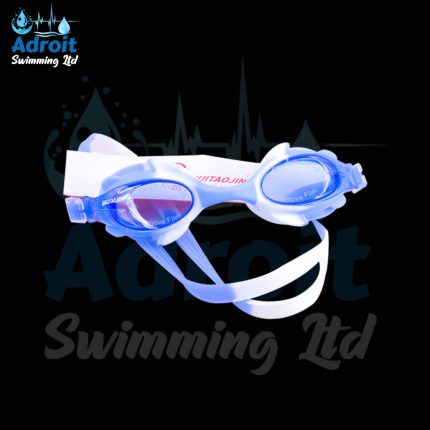
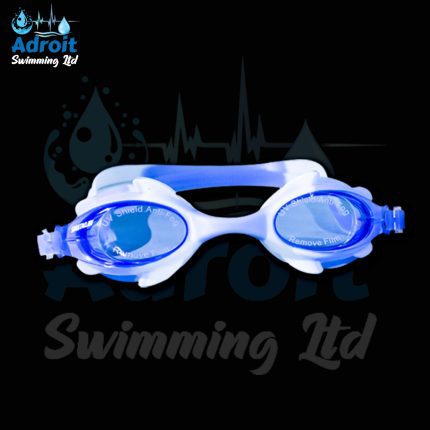
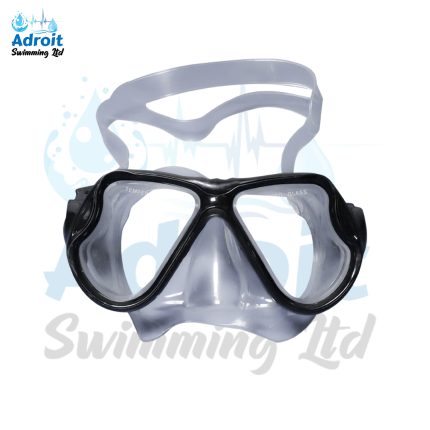
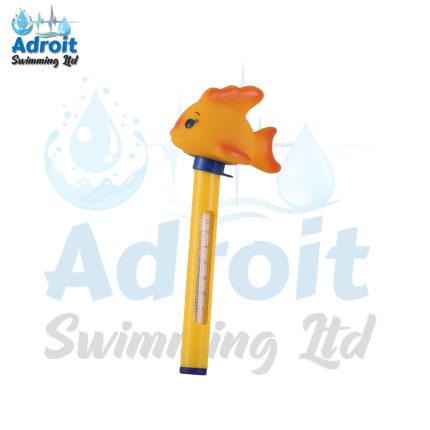

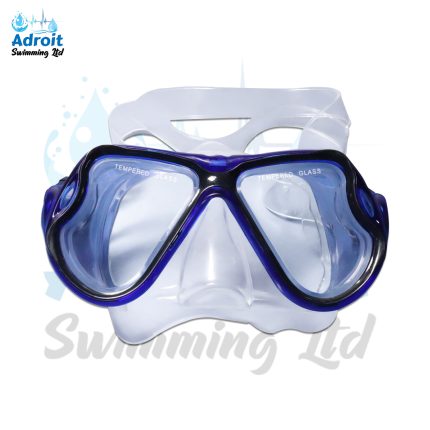
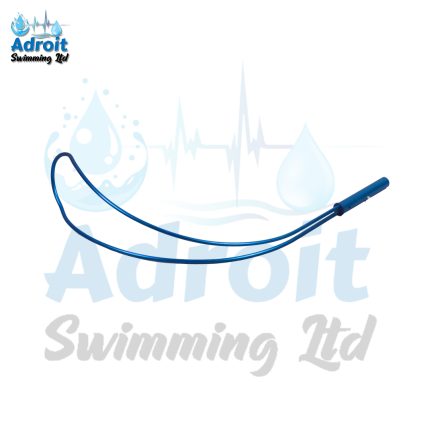
Reviews
There are no reviews yet.